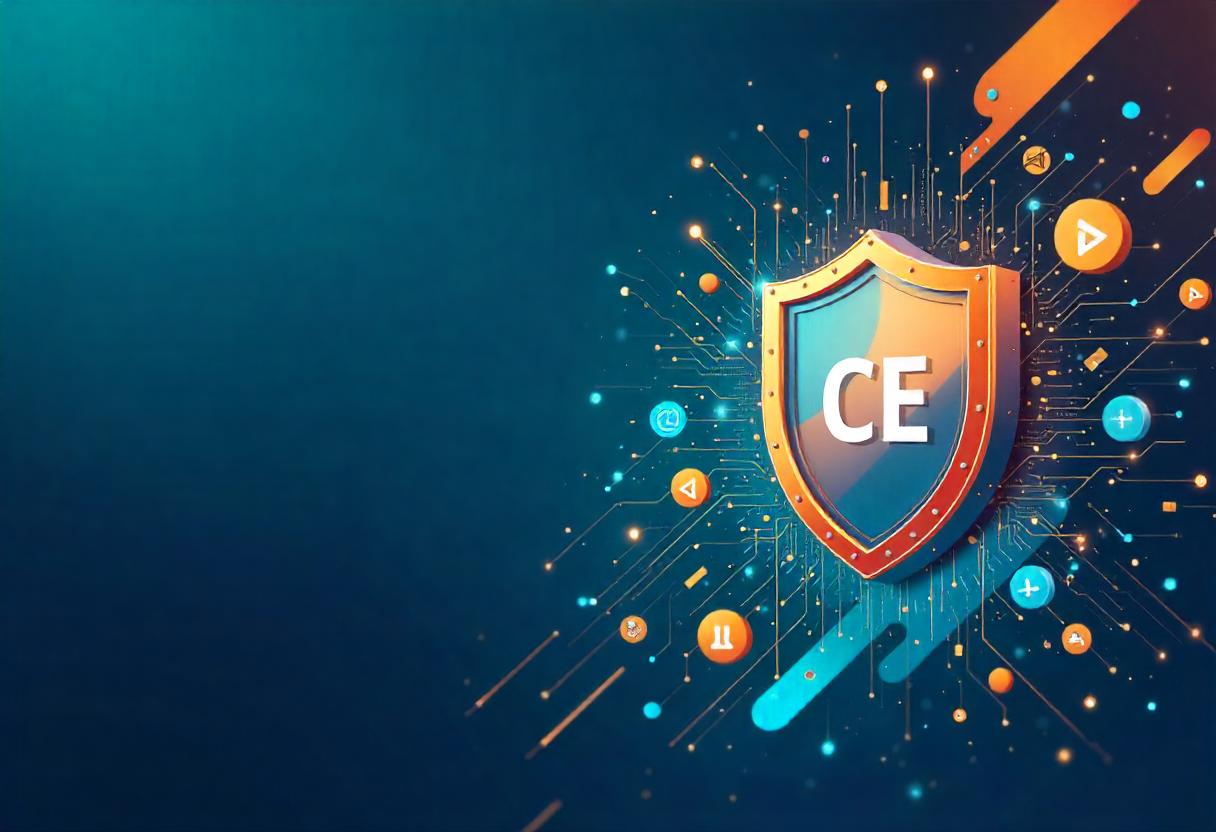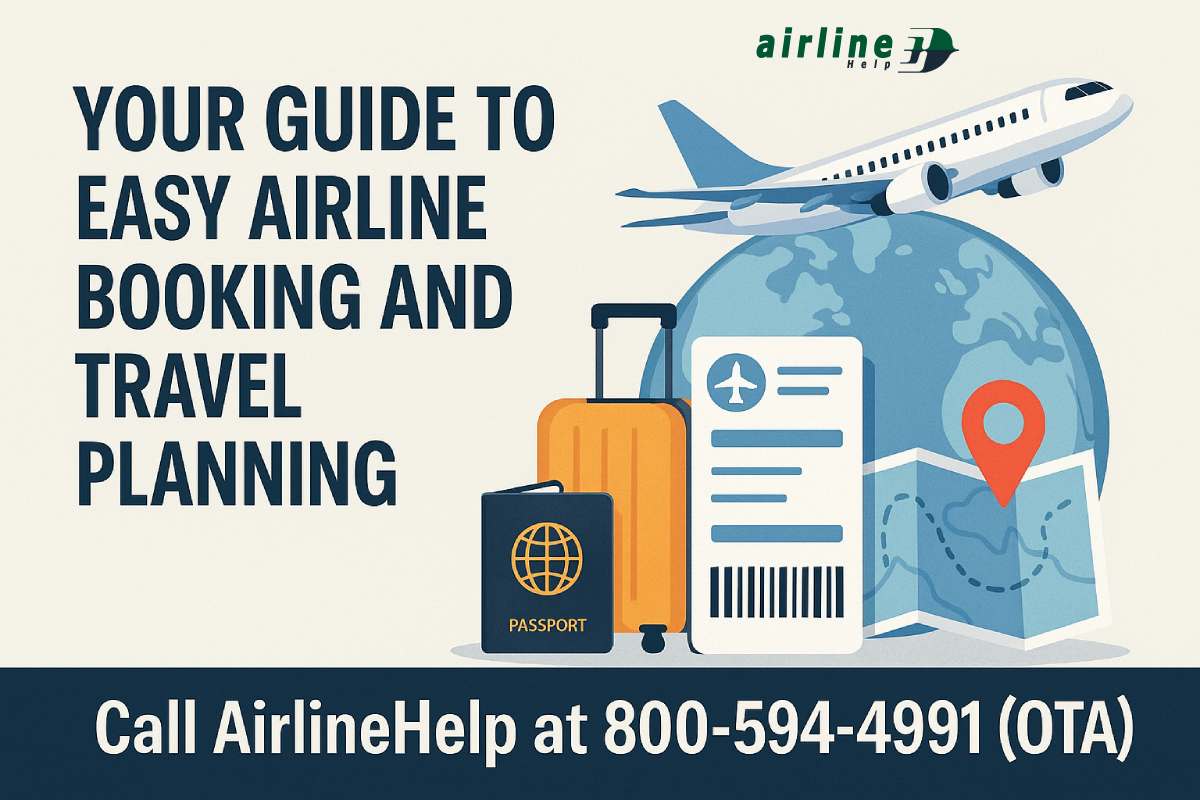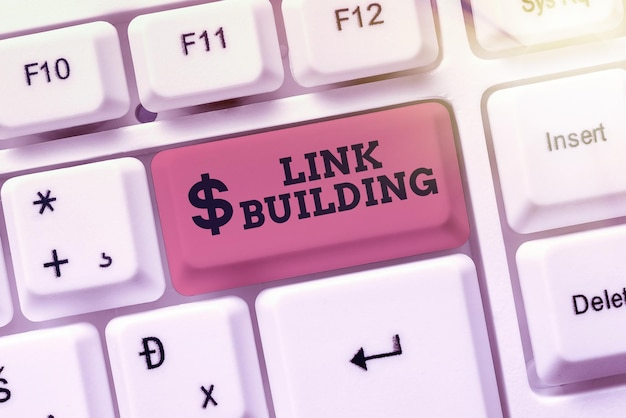
I. So, What Exactly Is Ce marking?
A. It’s Not Just a Fancy Sticker
You’ve probably seen the “CE” mark stamped on everything from phone chargers to medical devices. It’s not just a vanity badge—it’s a legal gateway. CE stands for Conformité Européenne, and it means a product complies with EU safety, health, and environmental requirements. For manufacturers, it’s basically a VIP pass into the European Economic Area (EEA).
But here’s where it gets interesting. Ce marking isn’t issued by one central EU body. In most cases, it’s self-declared—unless your product falls under a regulated category that requires third-party testing (more on that in a bit). So yeah, while it looks official, it’s also a statement of accountability.
B. The History Behind the Letters
The CE mark first appeared in the early ‘90s, born out of the EU’s desire to harmonize product standards across member states. Before that? It was a chaotic patchwork of national rules. Imagine trying to sell a toaster in Spain and finding out it needs a totally different plug and safety protocol than in Germany. Madness, right?
So, CE wasn’t just about regulation—it was about unifying a fragmented market. Think of it like turning a collection of small towns into a single thriving metropolis, with one set of building codes.
C. Who Needs It and Why It Matters
If you manufacture, import, or distribute products that fall under one of the EU’s CE directives, you’re on the hook. We’re talking electronics, toys, machinery, medical devices—the list goes on. And if your product doesn’t have the CE mark when it should? It’s not just a slap on the wrist. We’re talking fines, recalls, and total market bans.
And for buyers? The CE mark is peace of mind. It says, “Hey, this thing won’t explode or poison you. Probably.”
II. The Big Fat Rulebook: CE Directives and Regulations
A. Not All Rules Are Created Equal
Here’s the thing: Ce marking isn’t one-size-fits-all. The EU has dozens of directives and regulations, each tailored to specific product types. There’s the Low Voltage Directive for electronics, the Machinery Directive, the EMC Directive, the Toy Safety Directive—it’s a whole alphabet soup.
These rules dictate which products need CE marking, what essential requirements they must meet, and whether third-party testing is required. Miss one detail? It could mean your entire shipment gets turned away at the border.
B. Harmonized Standards (a.k.a. Your Cheat Sheet)
Luckily, the EU publishes something called “harmonized standards.” These are basically pre-approved technical solutions to meet directive requirements. Think of them like recipe cards. You follow the steps, you get a compliant product.
And if you go rogue and use your own approach? Well, you better have airtight documentation and a solid rationale. Otherwise, you’re asking for a compliance audit you probably won’t enjoy.
C. A Moving Target: Regulation Updates
Here’s what keeps manufacturers up at night: EU laws change. Sometimes subtly. Sometimes dramatically. A directive might get replaced by a regulation (which is stricter). Or new standards get added.
Like the recent overhaul in medical device regulation—the shift from MDD to MDR. For some manufacturers, it was like switching from checkers to chess overnight. The lesson? Stay plugged into regulatory updates. Ignorance is not bliss; it’s just expensive.
III. The Ce marking Process (Spoiler: It’s a Bit of a Slog)
A. Step 1: Determine Applicable Directives
This step sounds easy, but it can get murky fast. You’ll need to go through EU legislation and figure out which directives apply to your product. Some products fall under multiple directives. A smart fridge? It might fall under machinery, low voltage, EMC, and even eco-design regulations.
Getting this wrong can be catastrophic. So many manufacturers partner with consultants or use legal advisors just to map this out. It’s not cutting corners—it’s strategic sanity.
B. Step 2: Assess Conformity and Perform Testing
Once you’ve identified the rules, now you have to prove your product complies. Sometimes that means internal testing. Other times? You need a Notified Body. These are third-party organizations accredited by the EU to test and certify products under specific directives.
Pro tip: If your product needs a Notified Body, you must include their identification number next to the CE mark. Forget that, and your CE claim is null.
C. Step 3: Technical Documentation and the Declaration of Conformity
You’ll need to compile a Technical File—basically a dossier of evidence proving your product is safe and compliant. Then you draft a Declaration of Conformity (DoC), which is a legal statement that says, “We checked everything; we’re good.”
And here’s the kicker: This file doesn’t get sent to anyone unless asked, but you must keep it for up to 10 years. It’s like an insurance policy—boring, but crucial.
IV. Common Pitfalls and Costly Mistakes
A. Misinterpreting the Rules
CE directives can feel like a foreign language, especially if you’re new to EU regulations. It’s not uncommon for manufacturers to misinterpret terms like “essential requirements” or to assume a product is exempt when it’s not.
Don’t guess. Clarify. Reach out to a Notified Body or an EU compliance consultant. A quick call could save you thousands.
B. Incomplete Technical Files
This one’s a classic. A company compiles their documentation but skips a key test result or omits risk assessment tables. If an EU authority asks for your file and it’s missing pieces? That’s a compliance red flag. It could lead to fines or forced withdrawal from the market.
C. Wrong CE Mark Usage
Yes, believe it or not, some manufacturers slap the CE mark on products that don’t need it. Or worse, they fake it. There’s even a joke about a lookalike “China Export” logo that mimics the real CE mark. Authorities are catching on, though, and penalties are harsh.
When in doubt, double-check. Misuse isn’t just unethical; it’s financially disastrous.
V. When Third-Party Help is Worth Every Penny
A. Notified Bodies: Your Compliance Allies
Notified Bodies aren’t just testing labs. They’re advisors, partners, and sometimes lifesavers. Especially in high-risk categories (think pressure equipment or complex electronics), their stamp of approval isn’t just required—it’s your ticket to credibility.
Choosing the right Notified Body matters. They need to be designated for your product category. And ideally? They should have experience with your market niche.
B. Consultants and Legal Advisors
When CE directives feel like a maze, compliance consultants act like your GPS. They map out the road ahead, flag detours, and help you avoid regulatory potholes. Sure, they cost money. But so does a product recall.
Legal advisors also come in handy when you’re unsure about liability, declarations, or import/export agreements. CE isn’t just about product safety—it’s also a legal dance.
C. Labs, Testing Partners, and What They Actually Do
Let’s not forget the unsung heroes: independent testing labs. They handle emissions testing, flammability, stress resistance, even toxicological assessments. The good ones walk you through every step and even help interpret EU standards.
Their results feed directly into your technical documentation. Skip this, and you’re flying blind.
VI. Importers, Distributors, and the CE Chain of Command
A. Importer Responsibilities
If you’re bringing a CE-marked product into the EU from outside, guess what? You’re the importer. That means you’re legally on the hook if something goes wrong. You must verify that the manufacturer has done everything correctly.
It’s not just “bring it in and ship it out.” You’ve got to keep copies of the Declaration of Conformity, verify product labeling, and cooperate with market surveillance authorities if needed.
B. Distributors: Still on the Hook
Distributors have it slightly easier, but they’re not off the hook. They need to check that the product bears the CE mark, includes required documentation, and appears compliant.
Even something as simple as repackaging a product could shift legal liability. If you alter the product, congratulations—you’re now considered the manufacturer.
C. Shared Responsibility and Due Diligence
Everyone in the supply chain has skin in the game. Authorities can trace non-compliance back to the source, but they’ll knock on everyone’s door along the way. That’s why importers, distributors, and manufacturers should have a clear communication pipeline.
Trust is good. Verification is better.
VII. Ce marking Beyond the EU
A. Countries That Recognize the CE Mark
While CE is primarily for the EU and EEA, several non-EU countries informally recognize it. Think Turkey, Switzerland, and even some parts of the Middle East. For many markets, Ce marking signals a high-quality, safe product.
Still, “recognized” doesn’t always mean “accepted as-is.” Always double-check with local regulations.
B. CE vs. Other Certifications (UKCA, FCC, etc.)
CE isn’t the only game in town. Post-Brexit UK now uses UKCA (UK Conformity Assessed). The U.S. relies on FCC or UL marks for electronics. China has CCC. Each market has its own rules, and while there’s some overlap, don’t assume they’re interchangeable.
Global compliance is like learning multiple dialects. Similar, but not identical.
C. Global Strategy and CE as a Trust Signal
Even if you’re not targeting Europe, Ce marking boosts your brand. It shows buyers, partners, and even investors that you take safety seriously.
It’s like Michelin stars for manufacturing—not strictly necessary, but boy does it impress.
VIII. Costs, Timelines, and What to Expect
A. Budgeting for Ce marking
Cost varies wildly depending on the product and testing requirements. A simple low-risk device might cost a few hundred euros. Complex machinery? Thousands. And that’s just the start. Consultant fees, lab tests, translation of documents—it adds up.
Don’t cut corners. Factor CE into your R&D and go-to-market plans from the start.
B. Timelines: It’s a Marathon
You can’t rush CE. Testing takes time. Technical files take time. Even the declaration process has its quirks. On average, expect 3 to 12 months, depending on complexity.
Need it faster? Be ready to throw money at expedited testing or consultant support.
C. Cost vs. Value: Is It Worth It?
Honestly? Yes. Ce marking opens doors. You can legally sell in 30+ countries. You reduce liability risks. You boost customer trust.
Think of it like installing airbags in your car. Costly? Sure. But would you drive without them?
IX. Final Thoughts: What It All Comes Down To
Ce marking isn’t a box to check. It’s a framework for responsibility. It says, “We built this product with care.” And in a world where trust is currency, that goes a long way.
Whether you’re a solo inventor or a global manufacturer, Ce marking isn’t just about crossing borders—it’s about building bridges. Between safety and innovation. Between compliance and creativity. Between you and your customers.
And that? That’s worth a little paperwork.






